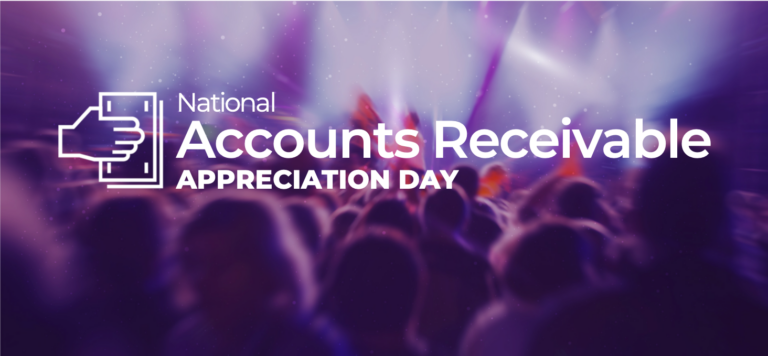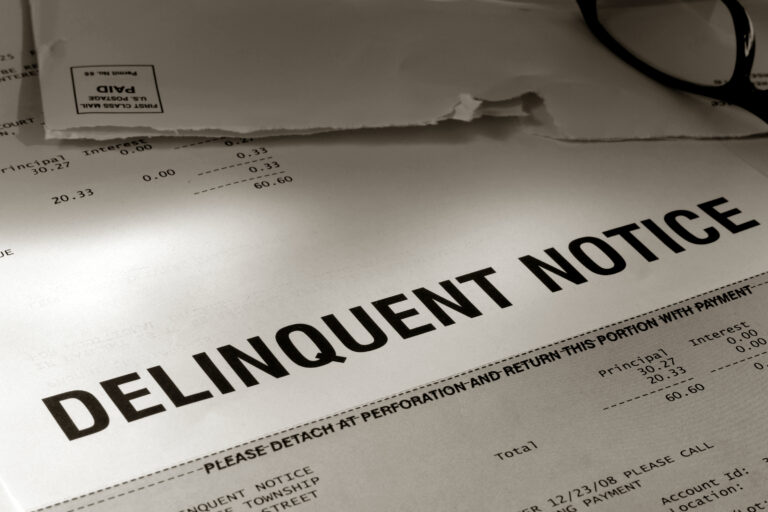When you’re first starting a business, every expense must be thoroughly justified. Most new businesses only spend extra funds on things that are absolutely critical. Instead of purchasing software, you might start out keeping track of back-end financial data and customer invoices manually. Spreadsheets for accounting and templated documents for invoices are fairly standard for small entities.
As your business grows in both size and complexity, it becomes a lot harder to manage accounting and invoicing without some more complex architecture. So you decide to purchase an accounting system to fill both roles, given your budget constraints. And that works for a little while – as long as you have low-volume, simple invoicing requirements.
Related: Accounting vs. Billing Software: the Key Questions You Need to Ask
Your accounting platform may be fantastic when it comes to accounting features. However, it leaves you with few options for invoicing. Maybe the number of invoices is limited, or it doesn’t support recurring billing for your new subscription customers. Or the invoicing process itself isn’t visually appealing, and it doesn’t give the professional look you want to convey to customers.
The thought of having two separate systems for accounting and invoicing may sound like double work. Now you have to run financial data through the accounting system, manage invoicing in the invoicing platform, and manually update the accounting system with invoicing data so you have one system of record. Yuck.
Not so fast: there’s a way to leverage all the awesome functionality of your accounting system AND boost its invoicing capabilities, without duplicating efforts. All you have to do is take advantage of the integrations offered by both platforms for a seamless connection.
Related: Invoiced Partner Integrations
Connecting your accounting system with a robust invoicing platform can support your business’s growing invoicing needs in a number of ways. Here are just a few:
Handle high volumes of detailed invoices
Some accounting systems claim to offer “unlimited invoicing”. That sounds great, until you generate too many invoices for the system to handle. Invoiced customer Flick Electric learned this the hard way. They used an accounting system to generate 6,000-8,000 invoices per week, and their overworked accounting platform crashed.
Invoicing platforms are designed to handle much higher volumes, and will generally offer load tests to prove their capacity. They also allow for a higher level of line item detail on each invoice. If you’re importing detailed data on customer charges, and you’ve got a lot to record, chances are an invoicing platform can handle more item detail with longer character counts.
Related: Flick Electric expands invoicing capacity to 64,000 invoices per month
Access daily billing summaries
Let’s say your new invoicing platform is the system of record for invoices. Using the accounting/invoicing connection, data from the invoicing system gets pushed to the accounting system real-time – and vice versa.
In addition, you can use the invoicing platform’s reporting capabilities to create customized summaries of daily invoicing activity. Easily aggregate the number of invoices issued, payments received for specific invoices (and in total), bad debt written off, email reminders sent, and many more.
That daily billing summary came in really handy for Invoiced customer Immigrant Law Group. Each attorney at the firm required a notification of payments received per attorney that day. Performing this function in their accounting software required extra overhead that was often missed. With an invoicing integration, customers can configure a custom data set (like this one) to be pulled each day.
Related: Immigrant Law Group slashes billing management time by 70%
Take advantage of complex billing structures
Many accounting platforms offer electronic invoicing and accept a handful of payment methods. However, if your business requires more sophisticated invoicing, you’ll likely come up short with an accounting system.
In addition to standard invoicing, an invoicing platform can offer configurable payment plans and subscription billing. Invoices can be customized based on a variety of inputs, like:
- Non-trivial subscription logic
- Discounts with expiration dates
- Prorations and trial periods
- Auto-scheduled late fees
- Custom payment terms
And some may offer a variety of payment methods and formats without additional transaction fees. Many accounting and invoicing providers will pass through a percentage fee from the payment processor, and then add their own per-transaction fee. Look out for those, and find one with zero per-transaction fees.
Related: The hidden costs of subscription platforms – and how to avoid them
Make the customer interaction easier
An emailed invoice sent through your accounting system is far more convenient than one sent through the mail. But could you do better for your customers? Invoicing platforms can help you improve the overall customer experience, and sometimes get you paid faster in the process.
Estimate or quoting functionality allows users to create an estimate for customer review and easily convert it to an invoice, keeping the entire interaction with one platform.
Sign-up pages give businesses the opportunity to plug the terms acceptance process right into the invoicing workflow. Instead of asking customers to review and electronically sign a standalone document on an e-signature platform, businesses can configure terms as part of the invoicing process. Invoiced customer DealRoomimplemented sign-up pages and dropped their Days Sales Outstanding (DSO) from 2-3 weeks to 2-3 days.
Related: Customer Spotlight: DealRoom gets paid 80% faster with Invoiced sign-up pages
A customer portal also gives customers one place to find all historical invoices with your business. No more searching through email, or contacting your customer service line to retrieve lost information.
Want to learn how Invoiced can amplify your accounting platform capabilities?Contact us today for a demo tailored to your business.




